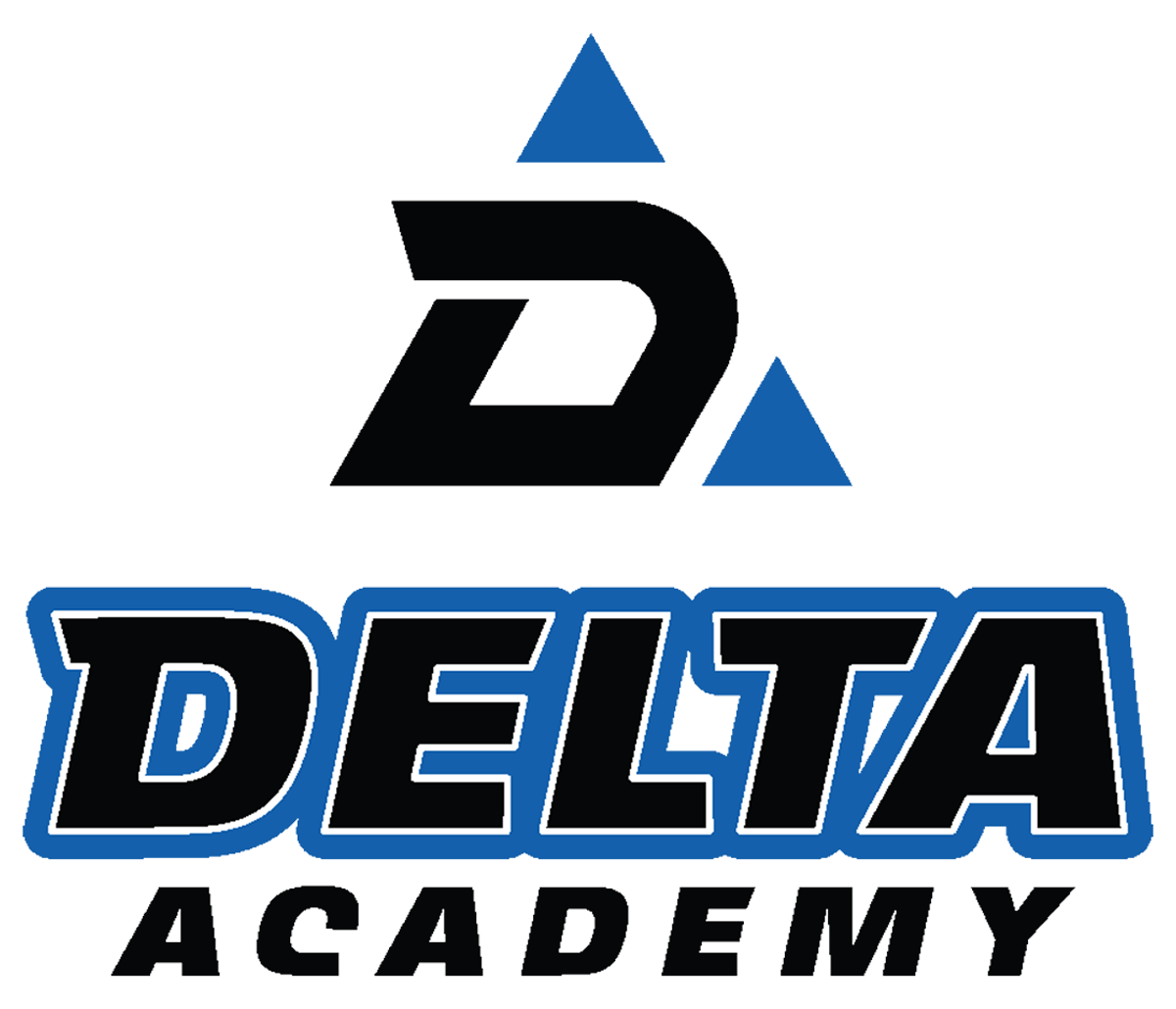Mission & Objective
MISSION STATEMENT:
The Delta Academy will provide a safe and nurturing instructional environment in which students from various backgrounds expand their knowledge base to fulfill academic and personal goals through differentiated instruction and reinforcement of positive character traits.
VISION STATEMENT:
The Delta Academy will create and maintain a strong partnership among students, parents, faculty, and community stakeholders. Delta will provide the resources necessary to give our students the opportunity to succeed and meet their educational and personal goals.
GOALS & OBJECTIVE:
Pursuant to NRS 386.520, The Delta Academy has chosen two goals: 1) Improving the academic achievement of pupils; and 2) Providing an accurate measurement of the educational achievement of pupils.
Goal (1): Improving the academic achievement of pupils. Understanding the backgrounds of the students is crucial when trying to measure success. Historically, many students enrolling in the Delta Academy have experienced failure at other schools. They come to Delta with lower academic skill levels, are credit deficient, and have a history of poor attendance and behavior problems. The reasons for these issues are as individual as the students attending the school. However, there are some general categories that have been identified. They are: Lack of family/social support; Addiction issues; Legal problems though juvenile justice; and Underlying disabilities (learning and/or emotional). In order for the students to prioritize education, some of these background issues have to be addressed. Upon enrolling in Delta Academy, each student will take a NWEA MAPs assessment. This allows the school to have a baseline from which growth will be measured. Students will be offered resources and support to address some of their background issues. This should allow the student to focus on school work, which will in turn increase his/her academic achievement. Each student will take the NWEA MAPs assessment at the end of each quarter. Therefore, the school will have four data points to show the improvement of academic achievement.
Objective (1): Upon enrollment into Delta Academy, each student will take the NWEA MAPs assessment. The results of these assessments will be used as the baseline measure.
Objective (2): Using the baseline data and growth expectations outlined by Nevada’s Performance Framework, by the end of the 8th grade year, students who were continuously enrolled at Delta will achieve the following MAPs scores:
Reading = greater than 221
Math = greater than 230
Science = greater than 213
Using the baseline data and growth expectations outlined by Nevada’s Performance Framework, by the end of the high school, students who were continuously enrolled at Delta will achieve the following MAPs scores:
Reading = greater than 223
Math = greater than 234
Science = greater than 215
Goal (2): Providing an accurate measurement of the educational achievement of pupils.
The second goal for Delta Academy allows for a broader definition of achievement. We look beyond the strict definition of academic achievement (test scores) and move toward a more holistic view of educational achievement (attendance, behavior, attitude, and credits earned). Educational achievement will be measured by comparing how the student does at Delta with how he/she did before attending Delta. Upon enrolling at Delta Academy, various student information will be collected for comparison and analysis. This information will include: Credits earned, attitude (as measured by the Scholar Centric Resiliency Assessment) and attendance rate from previous school. These data will be used as the baseline for comparison data from the end of the school year.
Objective: The intake data collected for students who have had continuous enrollment at Delta Academy for a minimum of 18 weeks will be used for analysis. Continuous enrollment is defined as those students who have been enrolled at Delta Academy without withdrawing to a different school and then re-enrolling back to Delta. Eighteen weeks is equivalent to one semester of school. This allows enough time for the school’s staff to have a positive impact on the student’s behavior and academics. By the end of the school year, overall Individual Success Plan (ISP) scores will increase by 10%. As students attend on a regular basis, earn their credits and have a better attitude toward school with less social stress, a 10% increase will be possible. When a student earns a 90% ISP quotient, the goal for that student shifts to maintaining the 90% quotient. This will be the objective for years 2 - 6.
